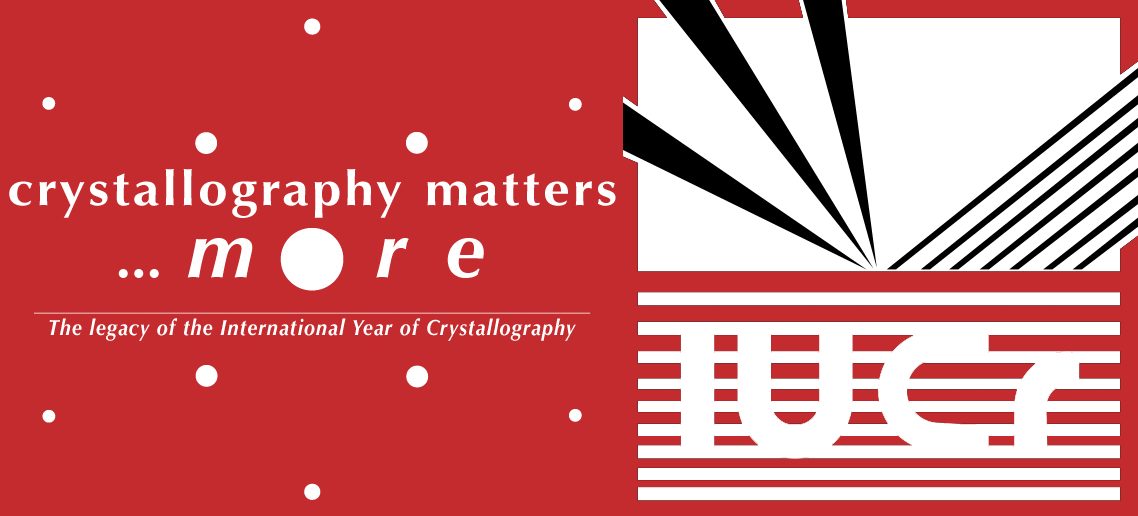issue contents
November 2021 issue

Cover illustration: Bis[2-(2-hydroxyphenyl)-1H-benzimidazol-3-ium] chloranilate was prepared as part of a study of D—H⋯A hydrogen bonding (D = N, O or C; A = N, O or Cl) in chloranilic acid–organic base systems.In the crystal, the cation and the anion are connected by a bifurcated N—H⋯(O,O) hydrogen bond, forming a 2:1 unit. The units are linked into layers via O—H⋯O and N—H⋯Cl hydrogen bonds. Between the layers, a C—Cl⋯π interaction is observed. See: Ishida [IUCrData (2021). 6, x211150].
inorganic compounds


 access
accessmetal-organic compounds


 access
access

 access
accessorganic compounds


 access
access

 access
access

 access
access

 journal menu
journal menu

















![[publCIF]](/logos/authorchecklist11.gif)





